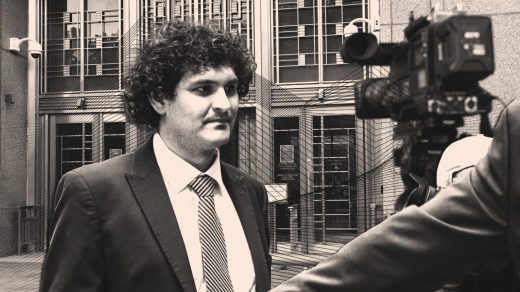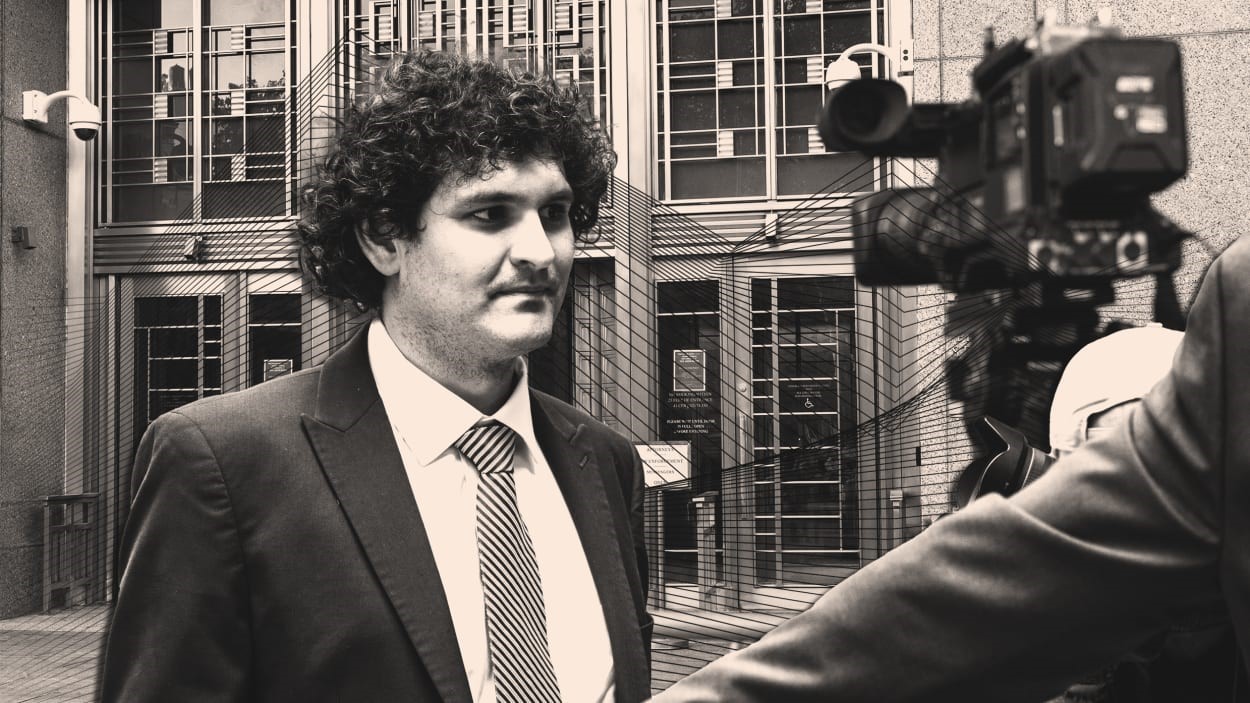‘I apologize’: Sam Bankman-Fried offers a preview of what we might see on the witness stand
Put the child of two lawyers on the stand, and he’ll answer questions like a lawyer, or so Sam Bankman-Fried indicated in what looked to be a preview of his trial testimony scheduled for Friday.
Bankman-Fried, facing federal fraud charges, took the stand after lunch Thursday in a hearing conducted without the jury present so that Judge Lewis A. Kaplan could evaluate some legal issues ahead of the defendant’s anticipated testimony in front of the jury.
Bankman-Fried held up reasonably well on the stand—calm, mostly relaxed, occasionally smiling, and repeatedly apologizing for his cloudy answers. His answers, though, were at times elliptical to the point of eliciting verbal admonitions from the judge and the prosecutor cross-examining him, which may not be a selling point when the jury gets a chance to evaluate him.
Despite several defense motions about Bankman-Fried not getting adequate doses of Adderall for his ADHD during trial (he is currently being held at a Brooklyn federal jail), his speech was crisp and he even seemed relaxed at times, like when he was explaining an aspect of blockchain to the judge overseeing the case.
The point of Thursday’s hearing was to give the judge a basis to decide whether, when the jury returns tomorrow, Bankman-Fried’s lawyers can question him about whether and to what extent he relied on lawyers’ advice when he made decisions about his crypto exchange FTX and his hedge fund Alameda Research. Kaplan said he will issue a decision on that in the morning.
The hearing served as a scrimmage before the big game, giving the outlines of what the defense will argue—that Bankman-Fried’s use of funds at FTX “was not improper, and our client did not believe it was improper,” as defense lawyer Mark Cohen put it. Bankman-Fried is the son of two Stanford law professors, and that influence seemed clear on Thursday. While other witnesses from FTX and Alameda have explained pretty complicated concepts clearly, Bankman-Fried seemed to be parrying, rephrasing, answering questions that weren’t asked, and avoiding answering the questions that were.
Still, on cross-examination, Bankman-Fried maintained his composure. He presented as an affable, if sometimes maddeningly unclear, witness, often apologizing to the judge or prosecutor Danielle Sassoon about the complexity of his answers. (I stopped counting after five “I apologize” statements from him.)
Over and over, in direct questioning from Cohen, Bankman-Fried said he ran decisions and policies by lawyers for FTX—for example, on why he autodeleted Slack messages after a certain time, or on how he structured loans—or was “presented” documents by them to sign. (He regularly used the passive voice when describing his role in the interaction with the lawyers.)
When talking about his sense of what was allowed at the companies and what was not, he used even more lawyerly language, frequently hedging or obfuscating. He said, for instance, that when he funneled investments from Alameda via personal loans to himself and other executives, he felt “it was one of the permissible options.” He believed “in many circumstances” that Alameda could borrow funds from FTX. Did he act in accordance with FTX policies on document retention? “To my knowledge, yes,” he replied.
That behavior only increased on cross. Ahead of Sassoon’s questioning, Bankman-Fried looked a little nervous, slightly closing and opening his mouth and twisting around in the chair on the witness stand. As soon as she started her questions, however, he engaged—but without giving clear answers.
When she pressed him on why he hadn’t preserved Slack communications with Caroline Ellison when she was CEO of Alameda and he was CEO of FTX, he said, “One could probably come up with such a conversation that should be preserved.”
Asked if he ever violated the document-retention policy, his answer was “Not to my knowledge.” Asked about testimony from a former FTX employee who claimed Bankman-Fried had said there was only “downside” to preserving communications, he responded, “I don’t specifically recall that, but I very well may have.” Asked if his understanding was that Alameda was permitted to spend FTX customer funds, he said, “I wouldn’t phrase it that way, but I think the answer to the question I understand you to be asking is yes.”
Both the prosecutor’s and the judge’s frustration seemed to increase as the hearing dragged on. “Listen to the question, and answer the question directly,” Kaplan directed at one point, after Bankman-Fried parsed one of Sassoon’s questions about the use of customer funds.
When Sassoon pushed him on what he meant when he said that Alameda had some “speed bumps” on the FTX exchange, and Bankman-Fried began talking about market making, Sassoon said, “Mr. Bankman-Fried: I will allow you to answer the questions I asked, but that is not a question I asked.”
When Sassoon pushed Bankman-Fried on Alameda’s negative account balance on FTX, and he kept throwing around terms like “net asset value,” the judge interrupted. “You have been asked that question in one form or another; not once did the question include the phrase ‘net asset value,” Kaplan said. “Part of the problem is that the witness has what I’ll simply call an interesting way of responding to questions.”
Toward the end, Sassoon’s questions developed a rougher edge. She asked, questioning Bankman-Fried about safeguarding customer assets, “Would that include not embezzling” them?
The defense objected, and Kaplan sustained the objection, but Bankman-Fried answered anyway. “Yes, it would include that,” he said with a smile. “I felt the need to answer that one.”
His testimony in front of the jury is expected to start Friday morning.
For the latest on the trial of Sam Bankman-Fried, you can follow all of Fast Company’s coverage from the courtroom here.
(12)



